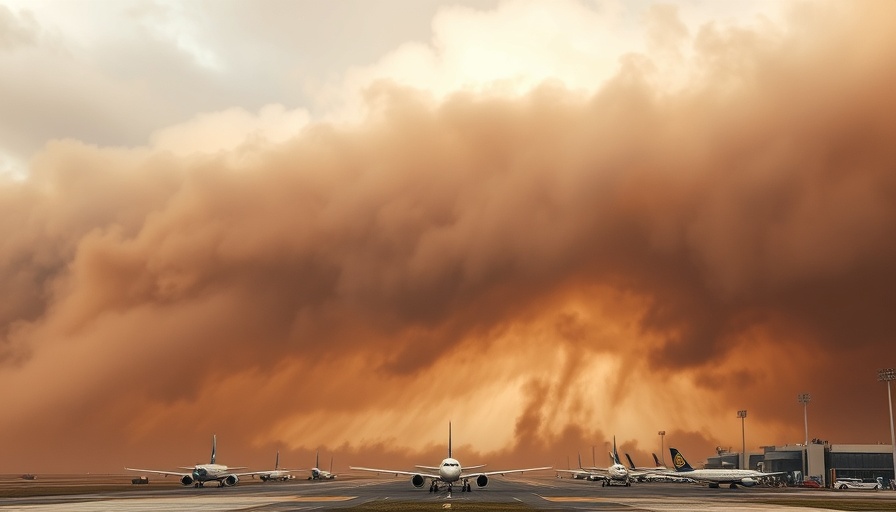
Understanding Haboobs: Nature's Sudden Dust Storms
Recently, a stunning display of nature's force unfolded in Phoenix, Arizona, as a powerful haboob descended upon the city. This striking event captivated residents and travelers alike, showcasing the sheer scale of a dust storm characterized by its fast winds and vast walls of dust. But what exactly is a haboob, and what causes this unique meteorological phenomenon?
The Meaning and Origin of Haboob
The term "haboob" comes from the Arabic word "habb," meaning "to blow." Historically, this term was used to describe dust storms originating in the arid regions of Sudan, especially around Khartoum. With an average of about 24 occurrences annually from May to September in Sudan, the phenomenon has transcended borders, now widely recognized in arid areas worldwide, including the Middle East, Sahara Desert, and parts of the American Southwest, from the Sonoran Desert to the Great Plains.
What Triggers a Haboob?
Unlike other dust storms triggered by cold fronts or warm air moving across dry regions, haboobs are specifically caused by outflow winds associated with an incoming thunderstorm. When a thunderstorm convects air rapidly downwards, the force can generate powerful winds. If these winds hit sandy or dry ground, they can lift particulate matter into the atmosphere, resulting in a dense wall of dust that can travel at impressive speeds.
Impact of Haboobs on Residents
The effects of a haboob can be dramatic. Visibility can drop to nearly zero in mere moments, posing dangerous conditions for drivers. The National Weather Service has issued warnings on how to manage situations involving dense dust storms, urging drivers to pull to the side, turn off their lights, and set their emergency brake to prevent accidents during such unexpected events. With the wrestling winds and airborne debris, these storms can topple trees, disrupt travel plans, and even cause power outages—as seen in Phoenix during recent occurrences.
Creating Awareness and Preparedness
Understanding the nature of haboobs highlights the urgency of awareness and preparedness in arid regions prone to these storms. Meteorologists emphasize the need for residents to stay informed and acknowledge the conditions that could lead to a haboob. With climate change likely intensifying desertification and drought conditions in many regions, proactive public education is essential to mitigate potential hazards. Developing an emergency plan, staying updated on weather forecasts, and recognizing the signs of an incoming dust storm can significantly reduce risks.
Conclusion: Recognizing Nature's Power
A haboob is more than just a dust storm; it is a reminder of nature's immense power and unpredictability. By understanding the causes and effects of these phenomena, we can foster a culture of caution and preparedness within vulnerable communities. As weather patterns shift due to climate change, being well-informed will help safeguard lives and property during these spectacular yet dangerous events. Stay alert, stay informed, and always respect the forces of nature!
 Add Row
Add Row  Add
Add 




Write A Comment